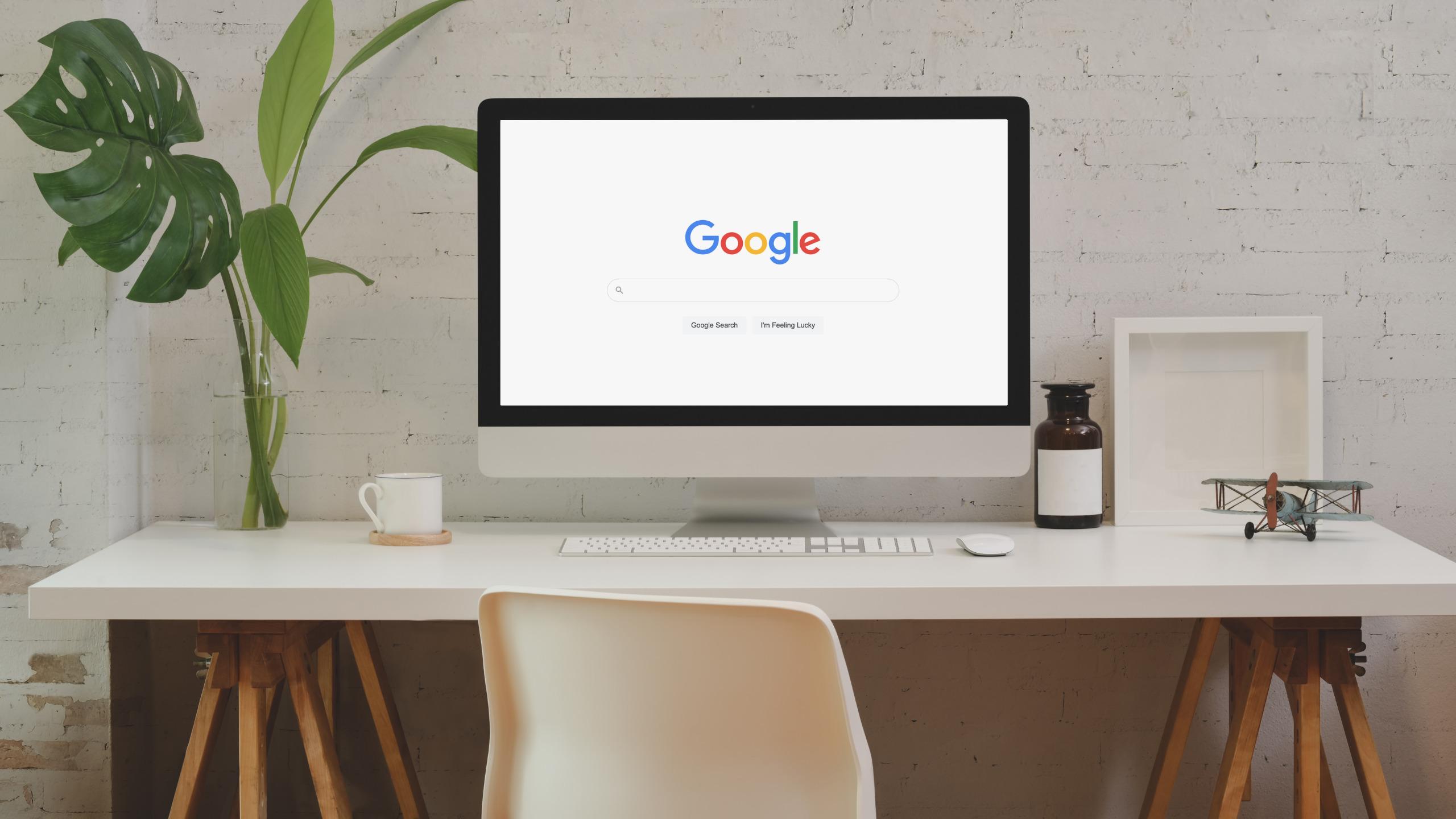Master on-page SEO easy | SEO tips for Beginner Bloggers
When it comes to SEO, there is no such detail that you can ignore or skip. This is because search optimization is a very complex process where you have to start with the basics like on-page SEO and only then pave your way further in order to rank your blog high on Google.
I know how overwhelming SEO may seem, but don’t get stressed out because it will only make everything worse. You’ve made so many efforts so far in order to come up with a worthy idea for your blog, created a website for it, and have started working on creating content that brings value to your audience. That is why you need to pull yourself together and start digging into SEO to get the numbers of traffic your blog deserves.
It’s ok to have a feeling that the more you read the more you don’t know. This is the reason why I recommend you figure out one topic at a time until you crack how the whole system works.
In this article, I’d like to cover the importance of on-page SEO and the ways it can ensure that every page on your website gets a full range of opportunities to rank high.
Continue reading if you strive to get your blog that desired first-page position and the appreciation it deserves. Because if I figured it out, you can do it too.
What is the difference between on-page and off-page SEO?
While on-page SEO (or on-site SEO) is a practice of optimizing both visible content and source code of each page on your website, off-page SEO (or off-site SEO) helps Google understand what others think of your site by the number of backlinks referring to your it.
Both these components are equally important to increase your website’s SERPs (Search Engine Results Pages) rankings and rather complement each other than compete.
Why should you start with on-page SEO?
When a person types in any term or question, search engine algorithms have to analyze over a billion websites in order to display the most relevant first. At this point, the strategy of stuffing target keywords where it’s only possible won’t work as you might think it would. It happens because algorithms are programmed to analyze each page of your website and every little detail of it before making the final decision.

For example, if your page is about fashion, but you focus solely on coats, Google algorithms will continue searching for better relevant content for the user in order to offer more valuable results.

That is why you have to optimize all your pages for search engines in order to attract great numbers of relevant traffic and get opportunities where others may be losing them. And when you crack your on-page optimization, you will know exactly what tactics are working well for your particular case in order to get those desirable top positions everybody is striving to achieve.
How to optimize your on-page SEO?
On-page optimization is not that complicated as you might think. There are a number of specific rules you have to follow in order to succeed.
Rule 1: Understand how Google works
In order to rank high on Google, it is inevitable to understand its mechanisms when choosing what content to put first and what websites consider irrelevant.

Here are some basic insights:
- After the Core Web Vitals update was released, Google started to analyze the overall experience user is getting right after landing on your page. It means that you have to start focusing (if you haven’t been already) on your website’s load speed, the logical structure of pages in order to bring your visitors the best first impression possible.
- Google examines your content to know if it’s relevant for this specific query. To do it, the algorithm has to monitor keywords and phrases throughout the whole page.
- Google takes into account the bounce rate of your page as well as the average time users spend there. It helps algorithms to know exactly whether or not people find your page useful and want to stick around for a while.
The good news is that nowadays you don’t have to check all the necessary parameters all by yourself. The easiest and the most practical way to do it is to use an On-Page SEO Checker Tool that will analyze your website and tell you what issues you have to fix. that will analyze your website and tell you what issues you have to fix.

Rule 2: Place the Keywords you wish to target in the first paragraph
As I’ve already mentioned, the search engine’s algorithm analyzes the content on relevance in order to display it in front of the target audience. That is why in order to help it identify your copy as the most suitable for a specific query, it’s not enough to put target keywords in your titles, you have to make sure the first paragraph expresses the topic from the beginning.
Keep in mind that search engines are becoming smarter each year and techniques that might have worked 5 years ago are not that effective now. For example, recently to get high positions it was enough to include your target keywords in your titles and content. Right now algorithms analyze relevance through semantic keywords and synonyms as well.
It means that in addition to your keywords you have to incorporate the text with words and phrases that have a strong relationship to those keywords. This was made to make it harder for bloggers to fool search engines with established SEO techniques.
Make sure you’ve made your keyword research properly in order to create unique pieces of content with a natural density of keywords that sound smooth.
Rule 3: Choose correct headings
The sooner you figure out this rule, the more visible your pages will be. Putting H1 and H2 tags in the right places is super important as it helps search engine spiders to better understand the structure of your content.

Let’s put it this way, it’s now a person analyzing your pages, but automated so-called spiders that are following instructions and, therefore, use the same approach when going through millions of pages each second. That is why you have to follow specific rules to help algorithms notice your content and define it as relevant.
Make sure you made your structure clear. Header and subheadings are used by spiders to understand a table of content of each page on your website. This way the algorithm knows exactly what information to consider important and can even register the clues of what material is included in each paragraph that follows the heading.
Using the right H tags is also crucial for a positive user experience because it makes it easier for the reader to comprehend your text. Nobody loves huge walls of text as it’s impossible to scan the content in order to find parts that you were looking for in the first place.
Don’t forget to go through all of your old articles to check whether they have a clear structure of H1 and H2 tags. This way you ensure every detail on your website is SEO optimized and contains a clear hierarchy for the highest performance possible.
Rule 4: Use both outbound and internal links in your content
It’s highly important to use links in your blog posts. This will provide the algorithms with a clear understanding of how material on one page relates to your website as well as to the web in general.

Outbound links are those that prove your point of view by using external sources of information. As a blogger, you may benefit from using these links as they provide a reader with proven and authoritative information that covers your back in a specific topic.
Internal links, on the other hand, are those bridges that connect your pages with one another. By using these you can increase user engagement with your site and avoid duplicates of content. Why keep repeating your own words if you can just leave a link to your other page where you have more in-depth information about the topic and get an SEO benefit all at once?
Adding internal links to your content will decrease the bounce rate from your page by encouraging readers to continue reading. This will simultaneously make it easier for Google to identify your website’s architecture and track how one content connects with another.
Both outbound and internal links will add depth to your copy and can potentially increase your brand appreciation and authoritativeness of your content.
Rule 5: Keep your URLs optimized
I really hope that after the following sentences you’ll stop taking your URLs as something unnecessary for your search engine optimization. This is because they actually play a huge role in your website’s SEO success.
You can use URLs to your advantage by including your target keywords. This trick will add value for both Google’s algorithms and to potential visitors as it will be clear what topic this particular page is covering. It will bring additional value to encourage internet users to become your visitors and algorithm to know you’re serious about what you’re doing. For instance, this page tries to rank for the keyword “SEO Specialists Jobs” and its URL contains all those target keywords.
Rule 6: Have your title tags optimized as well
Title tags are the part of the search result placed right between the URL and meta description.

This is the first thing that attracts users’ attention because they can get a clear understanding of what information they will get.
Typically, Google shows the first 50-60 characters of your title tag. Of course, you can make it longer, but the search engine won’t be able to display it fully. That is why you have to squeeze the maximum out of those 60 characters and make them work in your favor. Always opt for a strong title tag with target keywords because that can potentially help you increase the number of clicks.
Keep in mind that this is your responsibility to meet users’ expectations when they choose your website among all the SERPs. Don’t be one of those who create juicy titles but don’t provide value within their content. This will increase the bounce rate from your page and won’t do any good to your blog.
Rule 7: Work on your meta tags
A meta tag (or meta description) is placed right underneath the title tag and contains a brief description of the information users may expect when clicking on the following link. Also, it should complement your title tag and not confuse the potential reader.

I highly recommend you customizing your meta descriptions to increase your chances of SEO success. Be aware that however, those can be of any possible length, Google will often choose fragments that align with the query and make it 160 characters max. That is why I recommend you write meta descriptions yourself between 50-160 characters and include relevant keywords related to the potential search intent. It will increase your chances of having control over your meta.
Consider meta tag as the short advertisement of the specific page. Make your best efforts to include keywords where they naturally would be appropriate and add triggers to make users want to continue reading without pushing them to click.
Rule 8: Content is a King but you’re giving it the crown
SEO is an unstoppable process. As algorithms are becoming smarter in order to align with users’ demands, you should be flexible in order to react quickly to fast-changeable circumstances.

Even though unique and relevant content will always be your valuable asset, you have to do the technical part of the job to make it seen by your target audience. Otherwise, you’re wasting your time.
In order to thrive online, you have to regularly revisit your old material to keep it up-to-date. At this point, I recommend using On-Page SEO Checker Tool to quickly run through all of your pages and be sure you haven’t missed anything.
Also, keep in mind that it’s all about people in the first place, not algorithms who are searching for answers and it’s real human beings, not search engines who’re reading your content. So don’t try to trick them with neatly chosen keywords, but make sure to bring real value instead.
Rule 9: All the images must be well optimized
Users tend to engage easier with images. That is why in 2021 80% of businesses will heavily rely on visual content to elevate their content and you have to do it too. Adding images to your blog posts will make it easier for readers to engage with the topic.

But in order to increase your on-page SEO with images, you have to make sure:
- All the visuals you’re uploading load fast. This can be achieved by reducing their sizes or implementing lazy loading
- Google can easily read your images to know how well they align with what you’re saying. Alt tags will help with that. These are text descriptions of your images for both search engines and visually impaired readers as an alternative to fully engage with your content
- File names of your images include keywords or related words
Rule 10: Make sure your page is optimized for user engagement
As I was touching this subject before, every page on your website has to ensure the best user experience possible. Every blog post has to be built in a way to draw your readers’ attention and trigger them to check out more. This will not only improve your engagement but will also decrease the bounce rate from your site and show Google that users love your content.

In order to optimize your content to boost user engagement you can do the following:
- Make sure your page’s load speed is in a good shape
- Create a clear layout of your page that doesn’t distract but complement your content
- Use headings to provide a reader with a clear structure
- Use bullet points to make the content more comprehendible
- Add relevant visuals that align with the topic and interact with your visitors
- Create CTAs (Calls-To-Action) to naturally encourage your readers to move forward as a lead
Conclusion
You don’t have to be an SEO professional or a technical expert to have a fully optimized blog that attracts readers. But it’s inevitable to know the rules in order to win the game.
That is why I really hope you’ve found this article helpful and now have a clear understanding of how Google’s algorithms work. Follow the rules wisely in order to create relevant blog posts that search engines rank high and readers value.
In case you’re thirsty for more information, you can check out our latest blog posts where we share a Step-by-step Guide for a Small Business Owner to do SEO for Free, Best Free Resources for SEO Copywriting, and many relevant tips to help you rank your website high.











